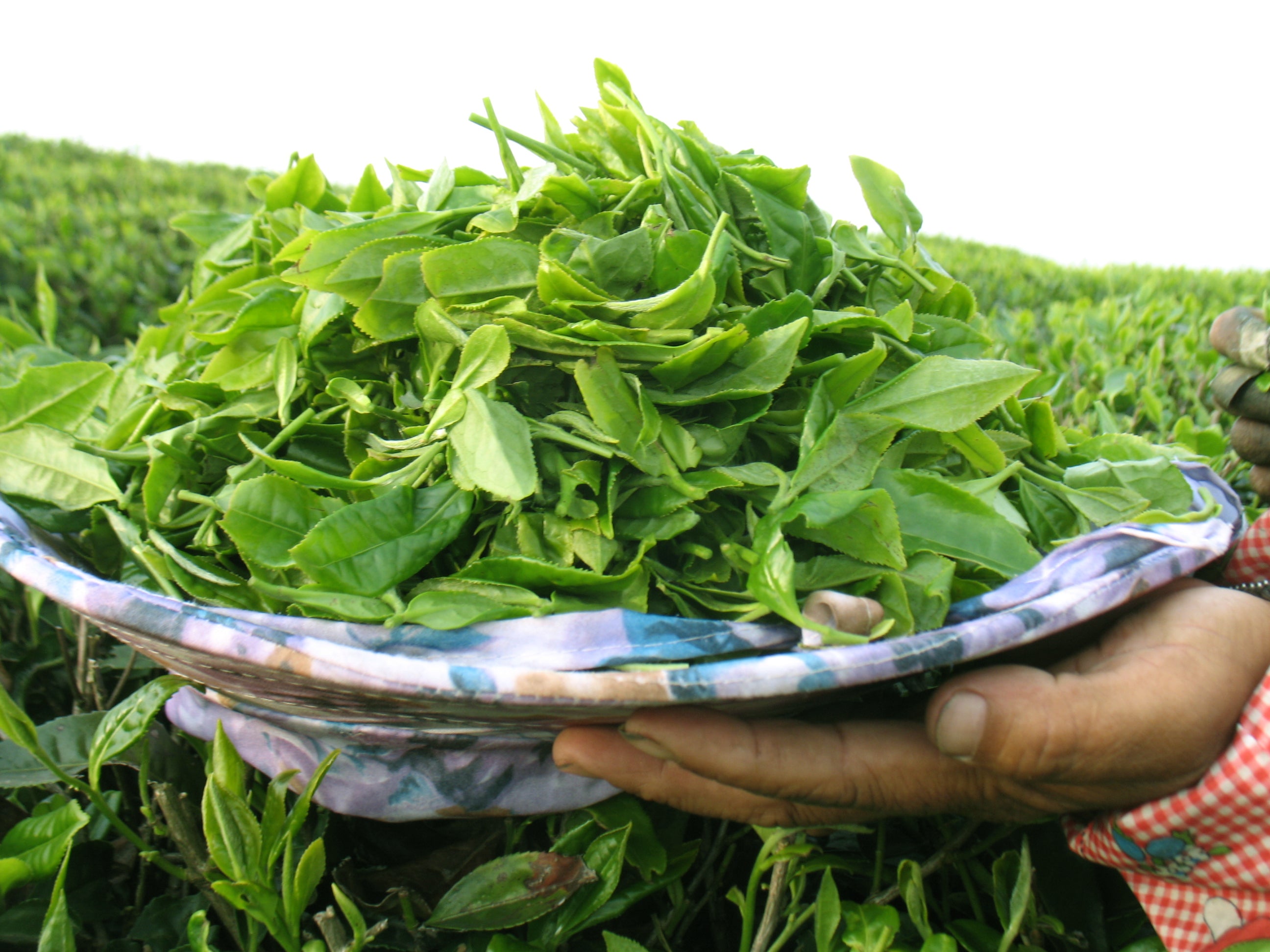The Origins and Nature of Tea
The tea plant’s scientific name is Camellia sinensis, a species closely related to Camellia japonica, a popular ornamental shrub often found in gardens. Remarkably, whether you're sipping a Green, Black, White or Oolong tea they all originate from this single plant.
A Brief History of Tea
Tea has been enjoyed for thousands of years. Its discovery is often attributed to Emperor Shen Nong of China, who, according to legend, accidentally steeped tea leaves in hot water around 2737 BCE. Over time, tea became deeply woven into the cultural, medicinal, and spiritual practices of ancient China, before spreading to Japan, India, and eventually the rest of the world. By the 17th century, tea had become a global commodity, prized in Europe and central to trade routes and colonial economies.
Where and How Tea Grows
Tea thrives in tropical and subtropical climates, where it benefits from abundant rainfall, rich, well-drained soil, and consistent humidity. The best tea is grown at elevations between 2,000 and 6,500 feet, where the cooler mountain climate slows leaf growth, allowing more concentrated flavours to develop. This slow growth contributes to the nuanced taste and aroma found in high quality teas.
Left alone, the tea plant can grow up to 30 feet tall, but for cultivation, it’s typically pruned and maintained at 3 to 5 feet. This allows for easier hand-plucking of the tender young leaves which is the part of the plant that is used to make tea.
Pruning not only makes harvesting more efficient but also stimulates new growth, encouraging the production of fresh, flavour-rich leaves known as the "flush." With proper care, a tea bush can remain productive for over 100 years, making it a long-lasting and sustainable crop.
The Two Main Tea Varieties
All true tea comes from either of two key subspecies of Camellia Sinensis:
-
Camellia Sinensis var. Assamica (Assam):
Native to India, this variety produces larger leaves with a robust, malty flavour. It thrives in the lower-altitude, humid regions of Assam, Sri Lanka, and other parts of South and Southeast Asia. -
Camellia Sinensis var. Sinensis (China):
With smaller, more delicate leaves, this variety grows in the cooler highlands of China, Taiwan, Japan, and Darjeeling. It yields lighter, more nuanced teas with complex aromas and subtle flavour profiles.
The Influence of Terroir
Like fine wine, the “terroir” of tea refers to the climate, altitude and soil composition. These have a profound impact on the final tea product. Teas grown at higher elevations in mineral-rich soils often develop more sophisticated flavour notes and smoother finishes. The unique environmental conditions of each region contribute to the distinctive character of the teas produced there.

